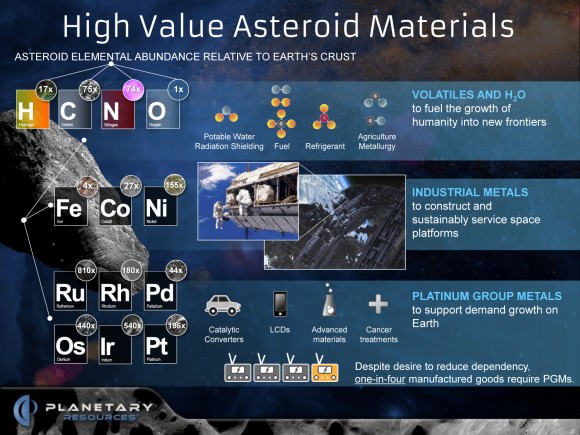One of the best things about writing science fiction, is that if you pick an obscure enough occupation for your protagonists, nobody can tell you you got it wrong…
Asteroid mining, for example. There is a little knowlegde about asteroid mining using today’s technology. But… 800 or so years in the future….?
This first appeared on Blogging Authors as part of my tour last March.
10 Things You Might Not Know About Asteroid Mining
By Jemima Pett
1. Asteroids are currently classed as stony, metal or chondrite. The chondrites are clay and silicate rocks, and are, generally speaking the oldest types of rock in the solar system. Stony types are silicate and nickel-iron; metallic are nickel-iron but with compositional differences related to how far from the Sun they were formed.

2. Solar system metallic asteroids are generally up to 80% iron, and the rest a mixture of nickel, iridium, palladium, platinum, gold, magnesium, osmium, ruthenium, rhodium and possibly others.
3. The Earth company Planetary Resources was set up in 2012 to mine asteroids in space, focusing on the platinum group of metals, but its assets were acquired in 2018. [article]
4. In 2020 NASA awarded contracts to four companies to ‘extract small amounts of regolith’ (asteroid surface layer) by 2024 [article]
5. A single 500-meter diameter platinum-rich asteroid can contain more platinum group metals than have been mined on Earth throughout history [citation].
6. In the Viridian System, asteroids are similarly rich in the (fictitious) metallic element orichalcum.
7. Orichalcum is used throughout the galaxy for instantaneous communications, regardless of distance.
8. Only three other systems are known to have orichalcum deposits, and none in great quantity.
9. Orichalcum occurs in both large and small quantities in Viridian asteroids; as metal strips (seams or veins), as nuggets within other rocks (like geodes), and as fines (like gold panning).
10. ‘Raw’ orichalcum has a propensity to draw electrical power from anything too close to it, making extraction a hazardous operation, and one which requires considerable ingenuity to develop the right tools and processes—in the near-vacuum of space.
~~~
If you’ve read the series, you probably know the last five items.
Next month: An interview with Maggie Ingleton





